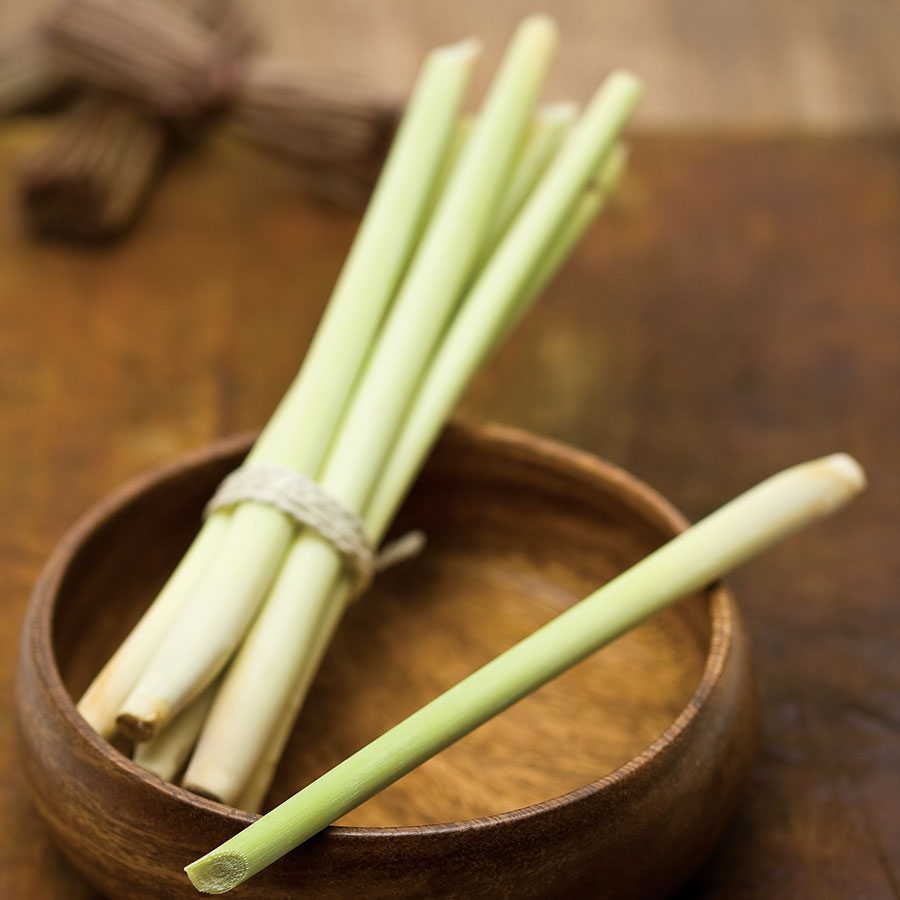7 Ornamental Grasses For Gorgeous Texture And Soothing Sounds
Think outside the turf box and consider beautiful ornamental grasses. They'll add dramatic effects to any landscape or garden.

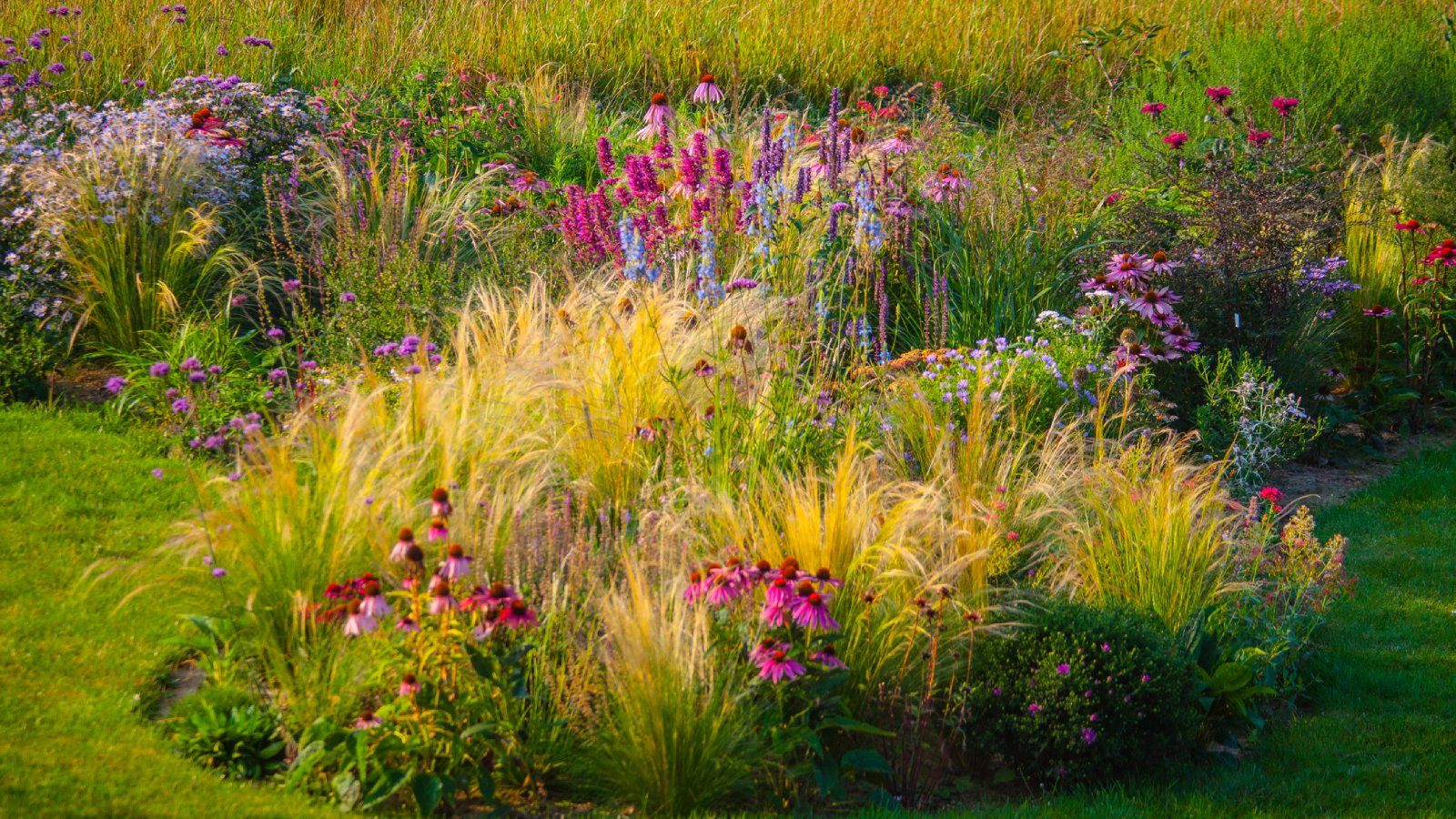
Do you think of turf grass – like the typical American lawn – as real grass? It’s not surprising that many do, given the fact that we “water the grass” and “mow the grass” and “rake the grass.” In fact, if you want to see real grass in your landscape, you’ll need to plant ornamental grasses: plants in the genus Gramineae or related plants like sedges and rushes.
The Best Ornamental Grasses
Ornamental grasses require little maintenance and add color and interesting texture to any garden. Which types of ornamental grasses to choose? Pick one appropriate for your hardiness zone and climate. Here are seven of our favorites.
1. Muhly grass (Muhlbergia capillaris)
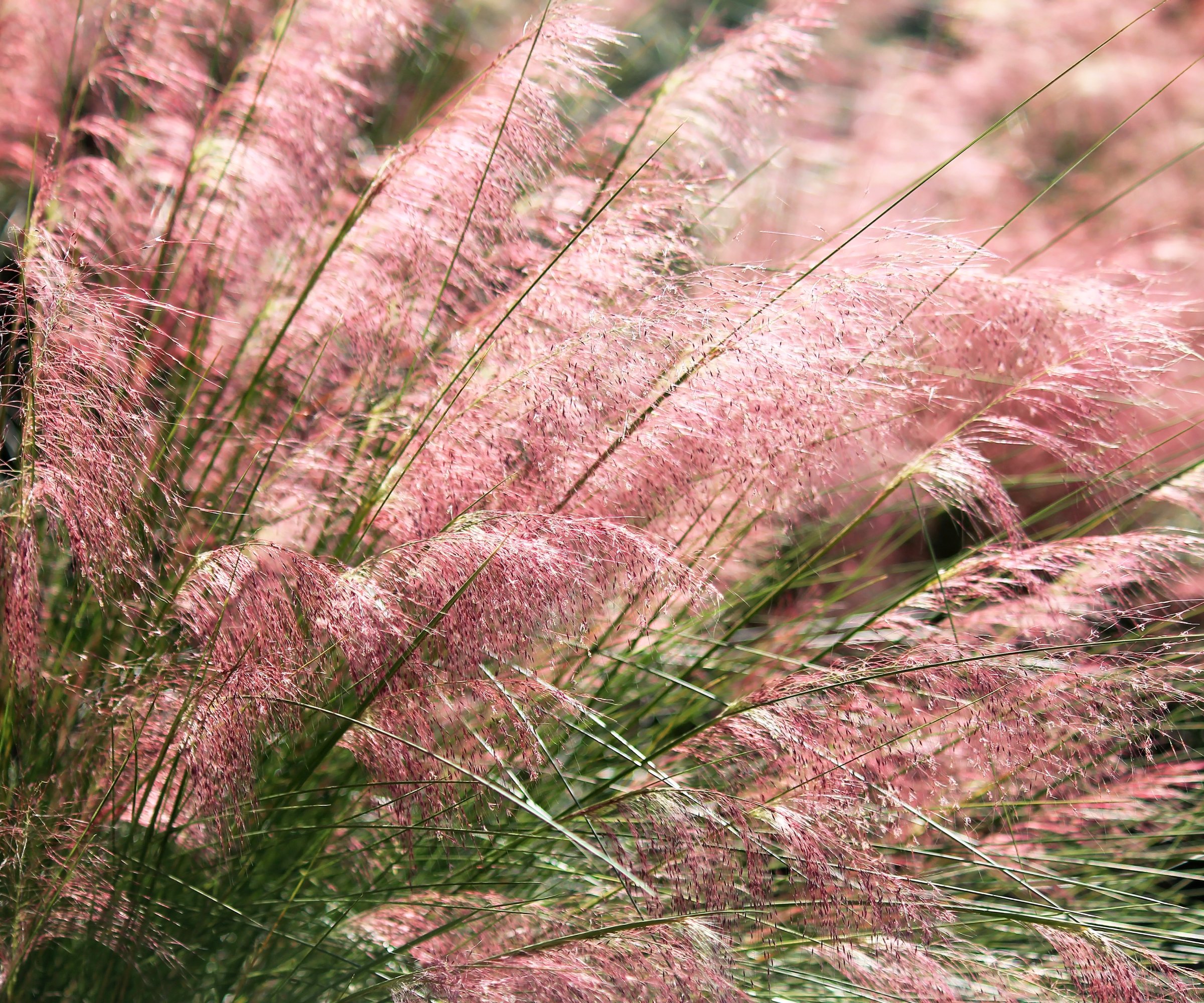
This beautiful and showy ornamental grass grows to 3 feet (90 cm) in either direction in a sunny location in USDA hardiness zones 6–11. Growing muhly grass is easiest in warm locations. It has showy pink flowers in the fall that create a real show-stopping display with their fluffy, cloud-like texture.
2. Maiden grass (Miscanthus sinensus 'Gracillimus')
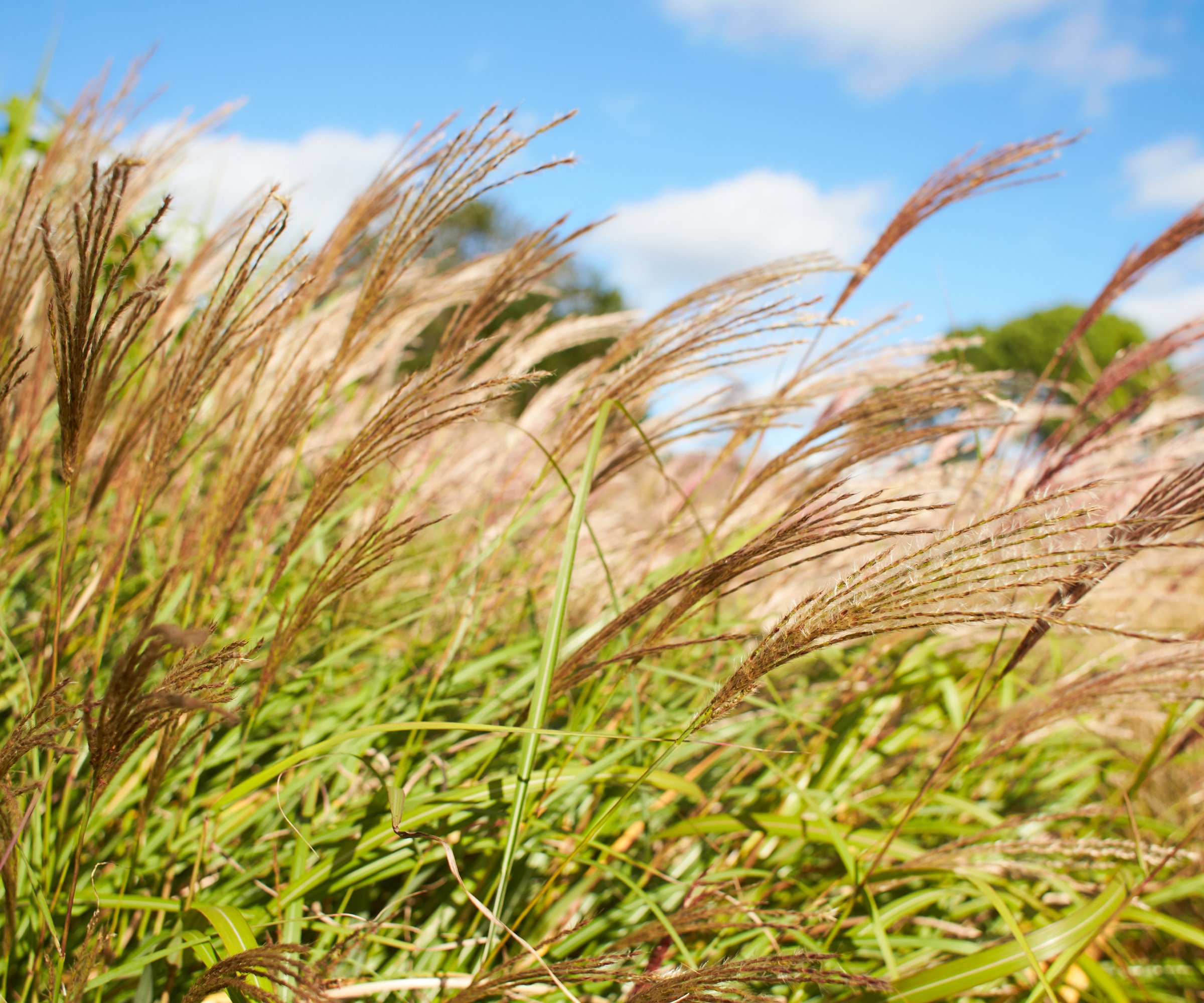
A popular ornamental grass for cooler hardiness zones. It thrives in USDA zones 5–9. This is a warm-season, clump-forming grass that can grow to 5 feet (152cm) and even taller. It is also called Chinese silvergrass, maiden grass is appreciated for its graceful arching form (its narrow leaves sway in the breeze) and coppery flower panicles in late summer that become silvery plumes.
3. Feather reed grass (Calamagrostis x acutiflora ‘Karl Foerster’)
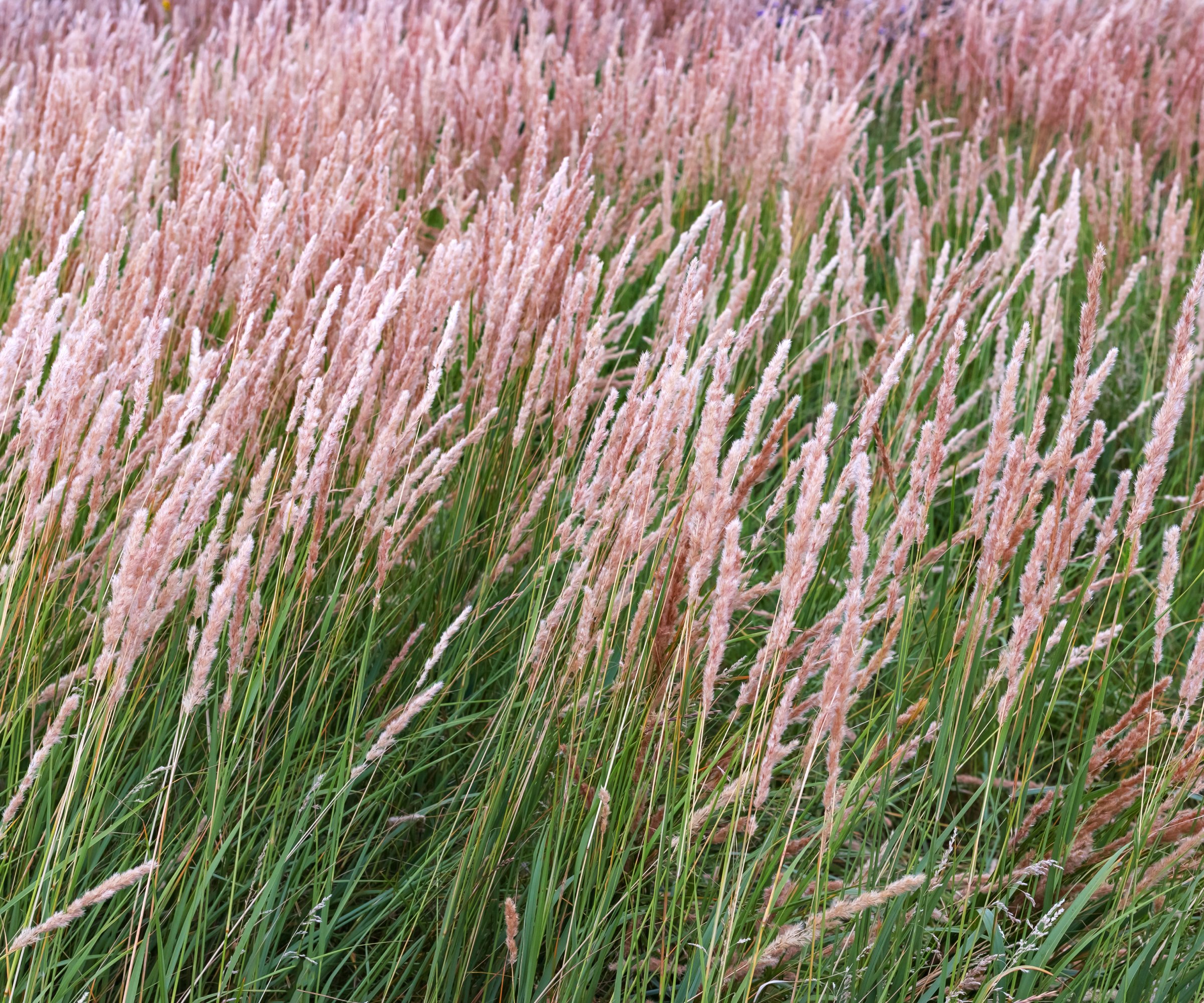
An extremely showy and popular ornamental grass, feather reed grass has tall, narrow green leaves and grows in upright clumps. The flower spikes are light purple, and the golden seeds persist into the winter. Feather reed grass care is possible in all but the coldest regions, USDA zones 4-11, and requires a full sun location.
4. Lemongrass (Cymbopogon citratus)
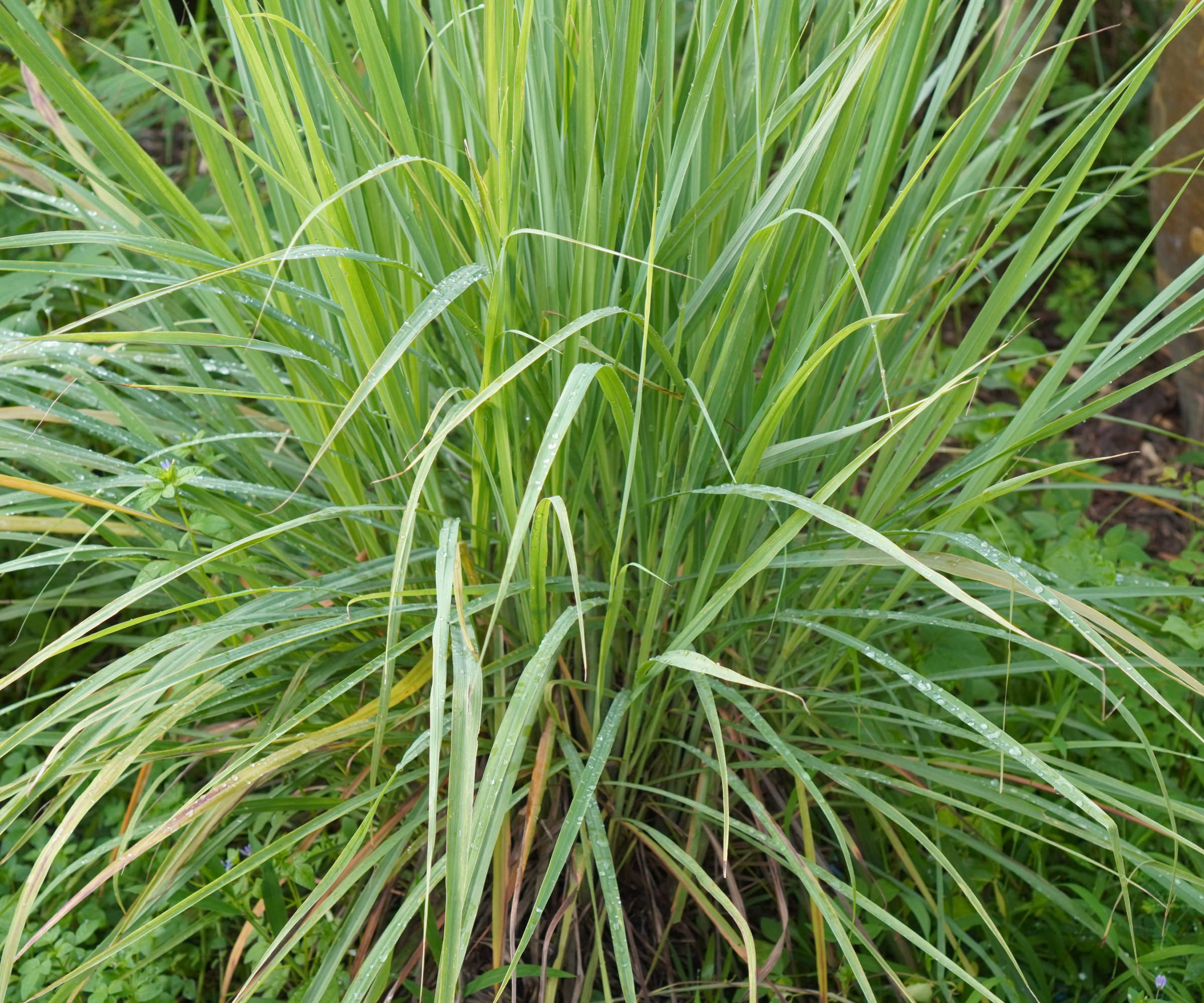
For the warmest regions – USDA zones 10 and 11 – consider lemongrass, a relatively short, densely clumping grass native to India. The slender leaves of grass arch gently and tolerate poor soil. Growing lemongrass requires a location with partial or full sun.
5. Blue Fescue (Festuca ovina var. glauca)

This cool-season, clump-forming ornamental grass is native to Europe. It has extremely attractive silvery-blue foliage and only grows to 10 inches (25cm) tall growth. Blue fescue growing is best in a full sun location although it will grow in partial sun. If you want the blue shade deeper, give the grass more sun and pick a cultivar like Elijah Blue.
Sign up for the Gardening Know How newsletter today and receive a free copy of our e-book "How to Grow Delicious Tomatoes".
6. Purple Fountain Grass (Pennisetum setaceum ‘Rubrum’)
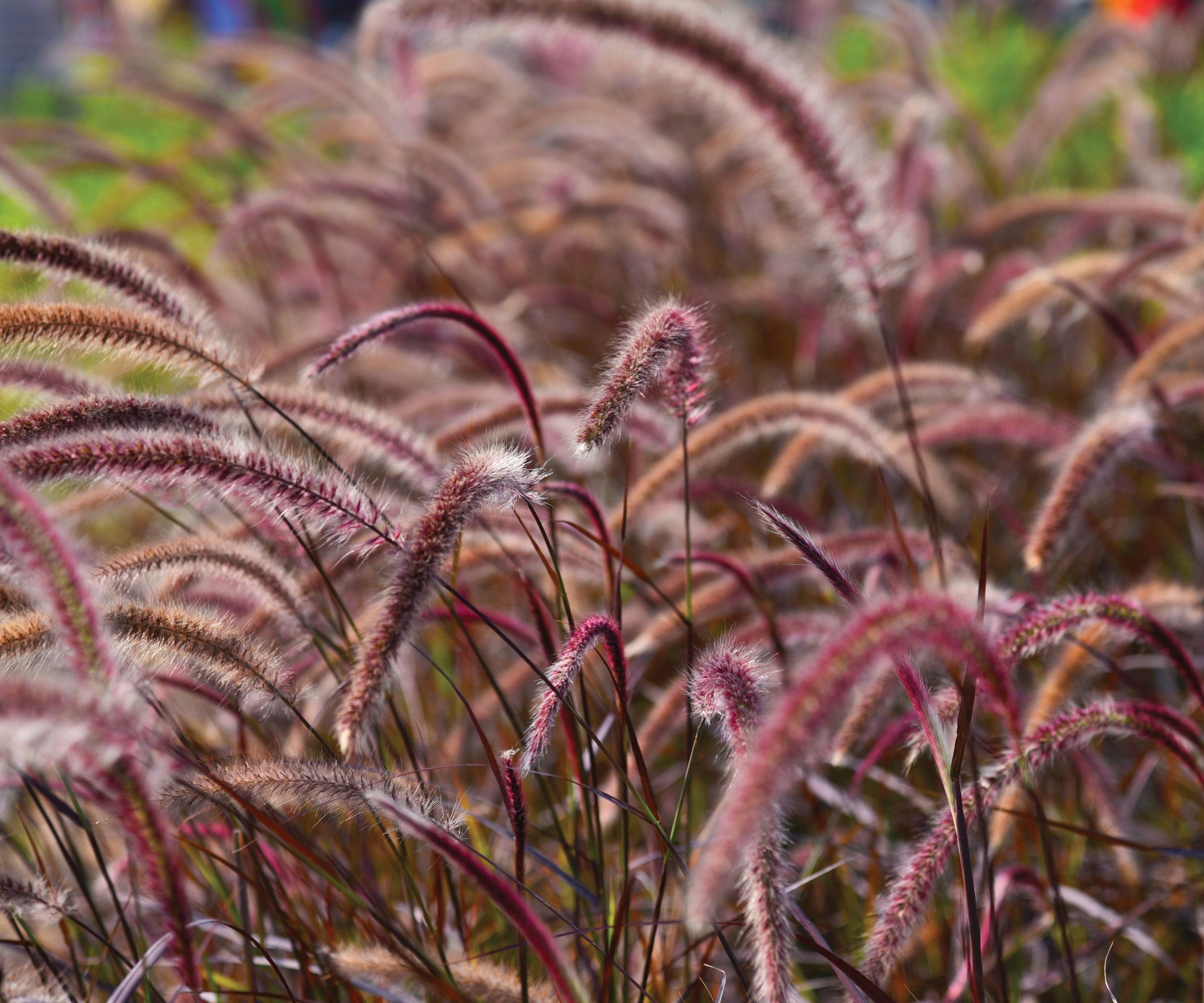
Purple fountain grass is a warm-season, clump forming grass native to Africa that likes a full sun location. Its thin leaves grow to 4 feet (121 cm) tall in a graceful, arching habit. This variety is famed for its burgundy purple foliage. In mid- to late summer, it bears long dark purple flower spikes that resemble bottle brush and they persist until the first frost. This variety is for warm-winter climates only, thriving in USDA zones 8–11, but it's possible to grow purple fountain grass as an annual in chillier regions.
7. Zebra grass (Miscanthus sinensis 'Zebrinus')
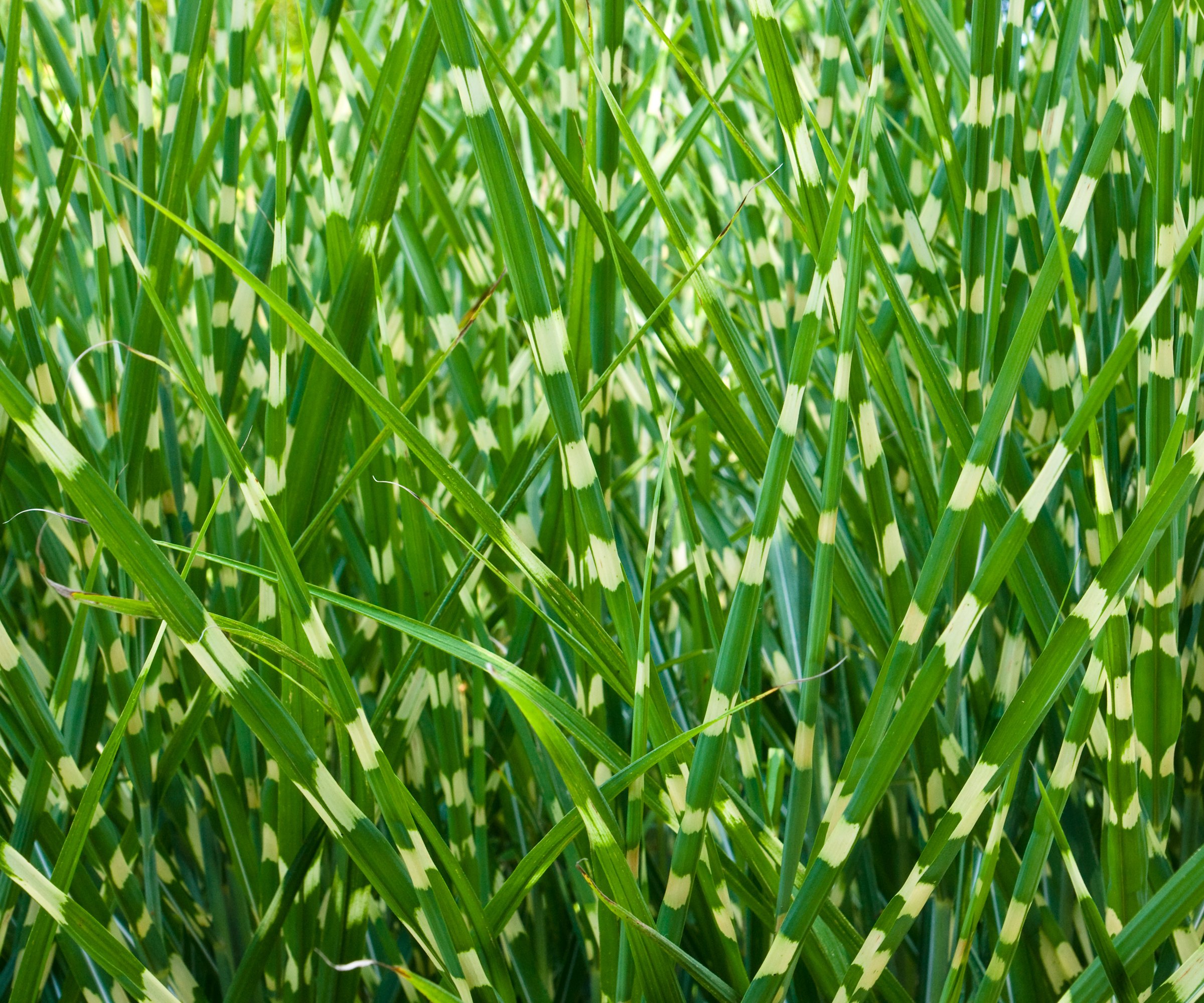
You really understand the term “ornamental” when you look at zebra grass (Miscanthus sinensis Zebrinus), with its blades of grass rising to 5 feet tall (152 cm). The green grass blades offer dramatic variegation with horizontal golden strips, and the golden section increases in early fall. For additional interest, the grass produces small white flowers followed by seed head plumes. Zebra grass care is recommended in USDA hardiness zones 7-9.
Frequently Asked Questions
Are ornamental grasses drought tolerant?
Some ornamental grasses need little if any irrigation, but others require consistently moist soil. Water requirements also vary depending on soil type and climate. Most species do well with an inch (2.5cm) a week of water from rain or garden hose.
Do ornamental grasses need to be cut back every year?
Many ornamental grasses look best left to grow at their own rate. Regular cutting is not necessary or desirable.
Do ornamental grasses like sun or shade?
Fortunately, you can find some ornamental grasses that thrive in sun and others that do best in shade.
This article features products available from third-party vendors on the Gardening Know How Shop.

Teo Spengler is a master gardener and a docent at the San Francisco Botanical Garden, where she hosts public tours. She has studied horticulture and written about nature, trees, plants, and gardening for more than two decades, following a career as an attorney and legal writer. Her extended family includes some 30 houseplants and hundreds of outdoor plants, including 250 trees, which are her main passion. Spengler currently splits her life between San Francisco and the French Basque Country, though she was raised in Alaska, giving her experience of gardening in a range of climates.

